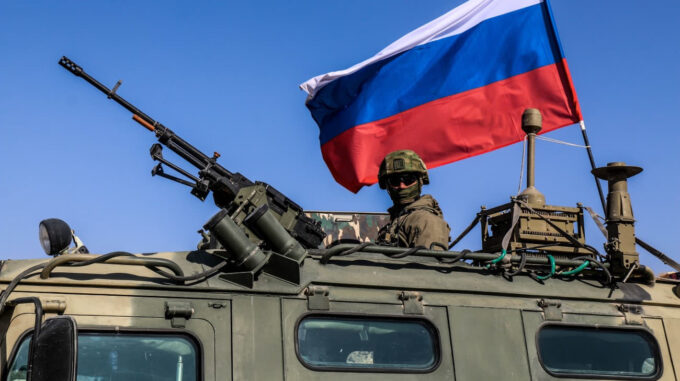A shocking conclusion has been reached in the United Kingdom: Russia is entering the record-breaking period of human losses in its multi-year war against Ukraine

According to the UK Ministry of Defence intelligence, Russian casualties in this conflict have already reached unprecedented levels and are growing dynamically, with experts asserting that 2025 could become the bloodiest period of the conflict. Based on the British intelligence review published on May 3, since the start of Russia’s large-scale military aggression against Ukraine in February 2022, total human losses among Russian forces have amounted to approximately 950,000 personnel, including both killed and wounded. This figure is exceptionally high given the scale and duration of the conflict, which has been ongoing for over two years. Particularly concerning is the estimate for the first four months of 2025: according to British intelligence calculations, Russian losses during this short period alone amounted to about 160,000 personnel. This indicates that the new year of the war may become the most brutal since the beginning of the hostilities, as predicted by analysts. In their report, British intelligence emphasizes that if current trends continue, 2025 will become the year with the highest level of human losses for Russia throughout the entire war. This means the scale of destruction and deaths is only increasing annually, likely pushing Russia further away from achieving its stated objectives in the conflict. At the same time, the report underscores that although Russian casualties in April 2025 remain below the "very high daily rates" observed at the end of 2024, they still remain significant within the context of armed confrontation, acknowledging that the level of human casualties continues to be considerable. Regarding tactics and outcomes, British experts note that Russia has yet to translate its high casualty figures into meaningful battlefield successes in Ukraine. The ongoing depletion of human resources does not grant Russia any substantial advantage nor allow it to make significant progress in designated directions. It is becoming evident that, despite high losses, breakthroughs or major short-term gains—and possible shifts in the situation—Russian forces remain effectively stuck, unable to undergo radical transformations on the battlefield. Earlier, British intelligence reported repeatedly on Russia’s tactics of recruiting foreigners to participate in the war against Ukraine. According to official sources, Russia actively involves foreigners in its armed formations to compensate for its losses, establishing so-called “international legions.” This practice raises many questions and indicates a serious internal crisis and a lack of capacity to independently offset human losses. On the other hand, the situation also causes concern among military analysts from Estonia and other Baltic countries. They assess that Russia is fighting as a war of attrition aimed at exhausting Ukraine’s resources and reducing its combat effectiveness. In the short term, there are no signs that Russia is preparing for the end of the conflict or a ceasefire. On the contrary, the enemy is waging a relentless struggle to seize as much Ukrainian territory as possible and to destroy Ukrainian resistance. This once again emphasizes the endless nature of the conflict and the difficulty of reaching a peaceful settlement in the near future. The alarming forecasts by British analysts and the efforts of Russian military forces remain key factors explaining the deep and prolonged crisis in which Ukraine and its allies find themselves. The war, which experts believe is based on exhaustion and the continuous destruction of human lives, will continue until Russia achieves its goals or faces serious internal or external opposition. Meanwhile, the world observes the developments and tries to find ways out of this deadlock, even as human losses mount and the conflict risks escalating into an even more massive and destructive one.

